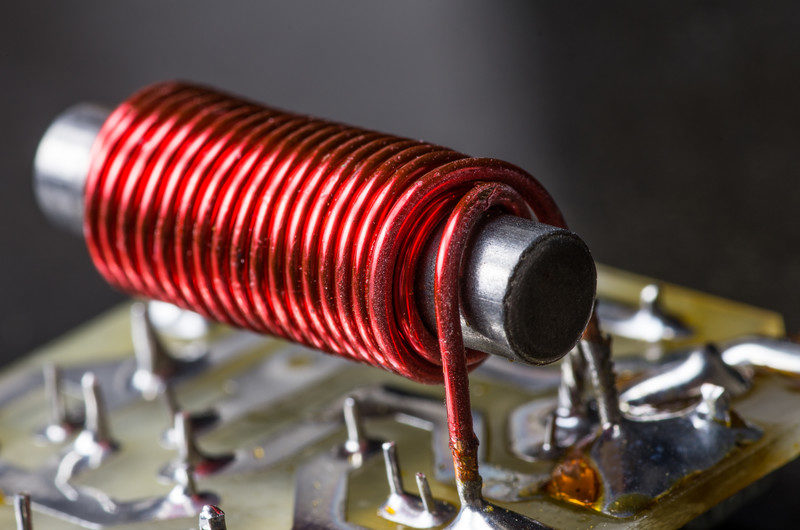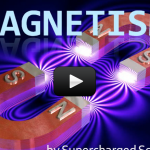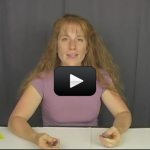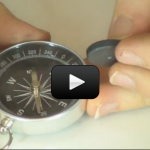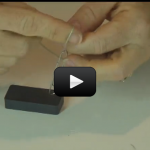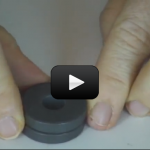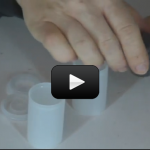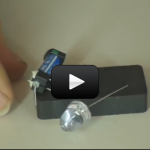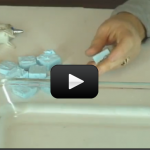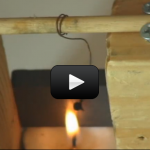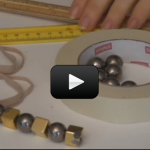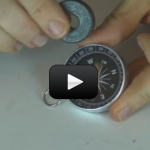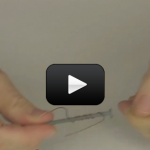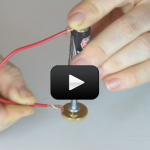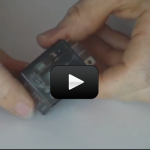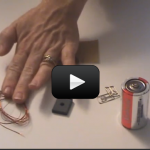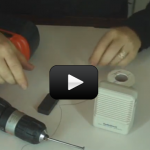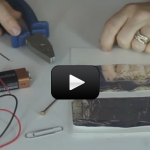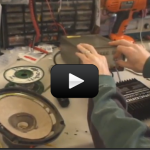Getting Started
The scientific principles we’re going to cover were first discovered by a host of scientists in the 19th century, each working on the ideas from each other, most prominently James Maxwell.
This is one of the most exciting areas of science, because it includes one of the most important scientific discoveries of all time: how electricity and magnetism are connected. Before this discovery, people thought of electricity and magnetism as two separate things.
When scientists realized that not only were they linked together, but that one causes the other, the field of physics really took off.
Here are the scientific concepts:
- Magnetic fields are created by electrons moving in the same direction. Electrons can have a “left” or “right” spin. If an atom has more electrons spinning in one direction than in the other, that atom has a magnetic field.
- If an object is filled with atoms that have an abundance of electrons spinning in the same direction, and if those atoms are lined up in the same direction, that object will have a magnetic force.
- A field is an area around an electrical, magnetic or gravitational source that will create a force on another electrical, magnetic or gravitational source that comes within the reach of the field.
- In fields, the closer something gets to the source of the field, the stronger the force of the field gets. This is called the inverse square law.
- A magnetic field must come from a north pole of a magnet and go to a south pole of a magnet (or atoms that have turned to the magnetic field.)
- All magnets have two poles. Magnets are called dipolar, which means they have two poles. The two poles of a magnet are called north and south poles. The magnetic field comes from a north pole and goes to a south pole. Opposite poles will attract one another. Like poles will repel one another.
- Iron and a few other types of atoms will turn to align themselves with the magnetic field. Over time, iron atoms will align themselves with the force of the magnetic field.
- The Earth has a huge magnetic field. The Earth has a weak magnetic force. The magnetic field comes from the moving electrons in the currents of the Earth’s molten core. The Earth has a north and a south magnetic pole which is different from the geographic North and South Pole.
- Compasses turn with the force of the magnetic field.
- Magnetism is caused by moving electrons.
- Electricity is moving electrons.
- Electricity causes magnetism.
- Moving magnetic fields can cause electrons to move.
- Electricity can be caused by moving magnetic fields.
- Electricity is a flow of electrons.
- A flow of electrons creates a magnetic field.
- Magnetic fields can cause a flow of electrons.
- Magnetic fields can cause electricity.
By the end of the labs in this unit, students will be able to:
- Build a simple compass and use it to detect magnetic effects, including Earth’s magnetic field.
- Understand how electric currents produce magnetic fields.
- Know how to build and use an electromagnet.
- Construct electric motors, electric generators, and simple devices, such as doorbells and earphones.
- Understand that magnets have two poles (north and south) and that like poles repel each other while unlike poles attract each other.
- Differentiate observation from inference (interpretation) and know scientists’ explanations come partly from what they observe and partly from how they interpret their observations.
- Measure and estimate the weight, length, or volume of objects.
- Formulate and justify predictions based on cause-and-effect relationships.
- Conduct multiple trials to test a prediction and draw conclusions about the relationships between predictions and results.
- Construct and interpret graphs from measurements.
- Follow a set of written instructions for a scientific investigation.

